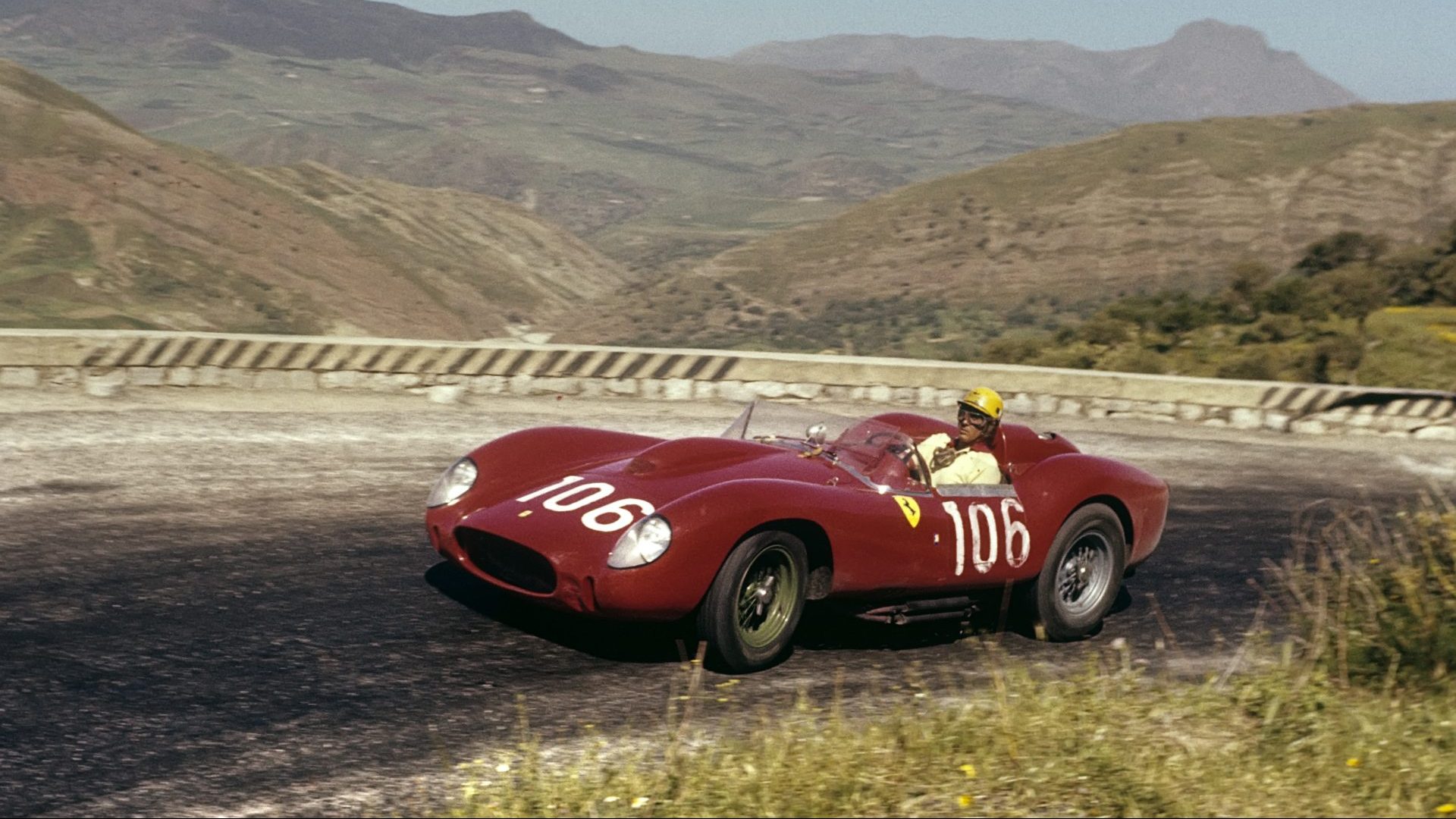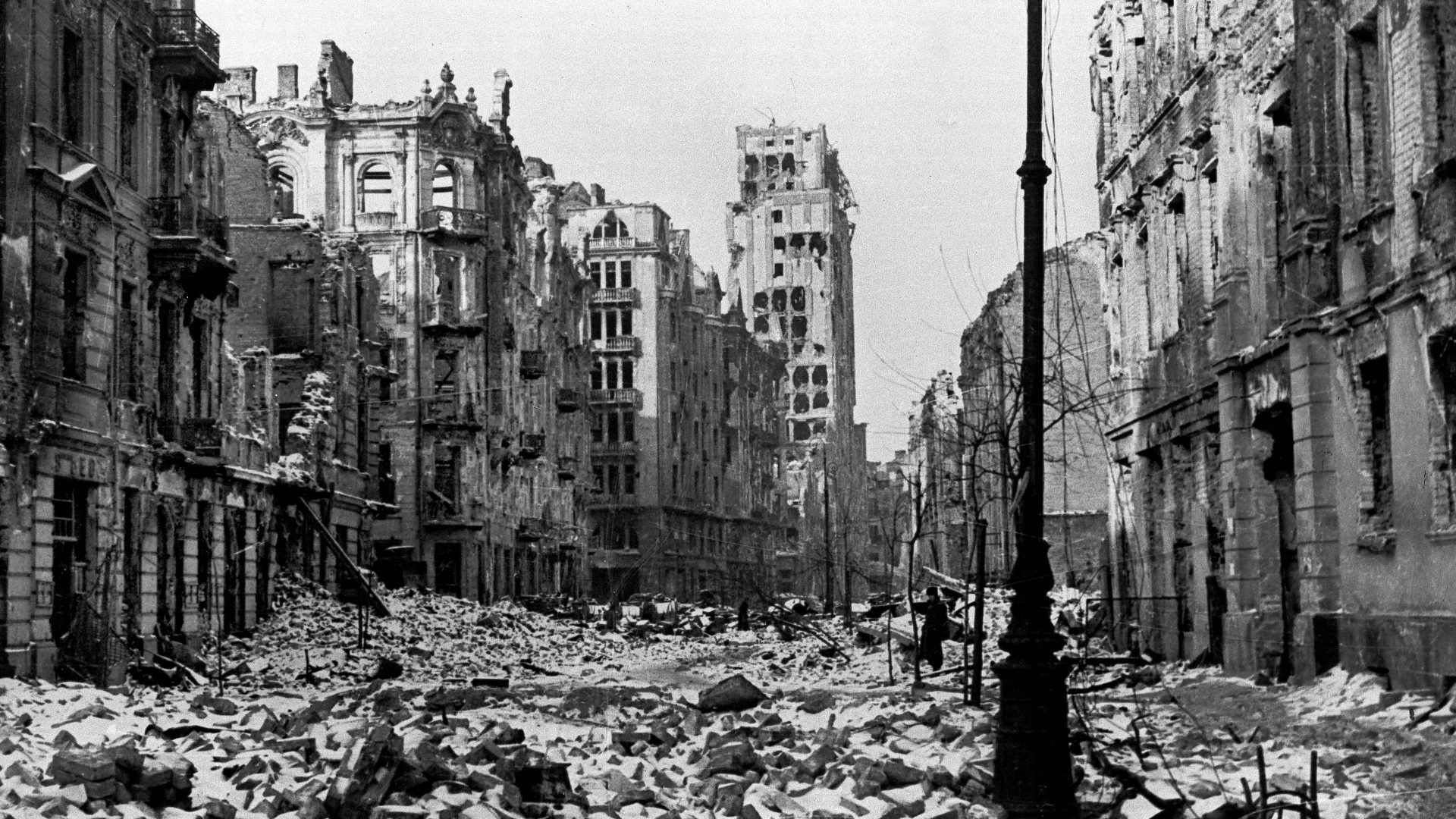When Herbert Müller climbed from his Porsche at the end of the 1973 Targa Florio, he knew the famed race was on its last legs. “I was hitting nearly 160Ks just outside Campofelice,” he said, “spectators all over the road. Then they part and there’s this fucking horse and cart 30 metres away. I swerved and there was a dog. Fuck knows how I missed them both.”
The Swiss driver was competing in Europe’s last major road race around Sicily. A half-century ago, in May 1973, it was part of the World Sportscar
Championship, meaning the same cars that raced on the high-speed, closed
circuit at Le Mans, replete with layers of crash barriers and protective spectator fencing, were unleashed on roughly surfaced roads little more
than five metres wide. Spectators lined village streets with barely a crash barrier in sight. Unprotected corners, precipitous drops and sinuous mountain passes were followed by crumbling stone wall-lined straights where speeds reached 180km/h. Medieval buildings jutted into the road. And although warnings were posted along the route, not everybody got the message. Incursions by farm vehicles, goats or overexuberant fans were commonplace, as Müller discovered.
Vincenzo Florio was born in Palermo in 1883, the son of an entrepreneur, Ignazio, the man regarded as single-handedly dragging feudal Sicily into the modern capitalist world. But Vincenzo had little business acumen. He lived a playboy lifestyle just as the motor car was becoming the favourite toy of the affluent. He had raced since 1902, but his ambition was to establish a contest on his native soil. Nor was he deterred when the mayor of Palermo declared: “But we have no roads on Sicily, and bandits in the mountains.”
Florio settled on a 148km circuit – a serpentiform loop that climbed 1,118 metres before plunging down, twisting, to the coast at Cerda. It was tortuous, taking in donkey tracks through mountain villages that had never seen a car. Teams were housed in fish sheds and grain stores but, realising the cream of European society would be attracted to a race in his name, Florio replaced the staff of local alberghi with teams from Palermo’s cosmopolitan hotels, more suited to dealing with multinational clientele. Cerda’s grandstands echoed to European nobility’s refined accents.
In that first race, in 1906, three laps of the track took nine hours and 33 minutes at an average speed of 46.8km/h, Allessandro Cagno’s Itala taking victory. Amazingly, six cars out of 10 finished (two drivers were stranded in the mountains and walked back to Cerda, two others made the mistake of refuelling with water). Cagno’s prize was a gold plaque – or targa – designed by French goldsmith René Lalique. One of motorsport’s most lauded events was born.
Word spread among European car enthusiasts, many of whom wanted to test themselves in what had already been deemed motor racing’s toughest challenge, frequently made more difficult by Sicily’s ever-changing geology and meteorology. Landslips necessitating last-minute route changes were commonplace and in 1911 and 1920 torrential rain turned roads into mud, miring half the entry.
The long-time leader in 1911, Nino Franchini, was splattered with thick sludge thrown up by cars he was attempting to pass. After he retired, Ernesto Ceirano, wearing goggles, took victory. “I was half blind,” Franchini complained. “And totally exhausted.” Cars departed at intervals rather than together (a feature of all the Targa Florio races), meaning faster cars often had to overtake slower ones starting before them – Franchini was an early victim of a perennial feature of the race.
Possibly the most celebrated race in Targa history – made fiercer by Italian
internecine rivalry – was in 1930. Achille Varzi and Tazio Nuvolari were their nation’s pre-eminent drivers but their relationship was bilious following Varzi’s accusation that as teammates in 1928 Nuvolari had been favoured. Whatever the truth, they faced off in the Targa. Driving Alfa Romeos, both wanted to win for Italy after a run of five French Bugatti successes.
Varzi led into the final lap but, in the mountains, he and co-driver Giovanni
Tabacchi spotted that their fuel tank was leaking. Passing through a village, quick-thinking Tabacchi grabbed a fuel can and, as they swung on to the final seafront straight, sure enough the Alfa Romeo stuttered. As they coasted along, Tabacchi climbed on to the tail and poured petrol into the tank. But some splashed on to the exhaust. With flames licking at his neck, Varzi refused to stop, while Tabacchi attempted to beat out the blaze with a seat cushion. They made it to the finishing line to vanquish the Bugattis, but the following year Nuvolari would have his revenge.
Again the Sicilian weather, with its propensity for inclemency, had turned the circuit into a mudbath. Once more Varzi led into the last lap, but visibility worsened and Nuvolari, who had presciently fitted mudflaps to his Alfa Romeo, pulled ahead. As Florio congratulated Nuvolari post-race, the
winner answered tersely: “All that mattered was beating Varzi.”
Although motorsport is still, rather embarrassingly, awaiting the first woman to win a Formula 1 Grand Prix or one of the great races at Le Mans or
Indianapolis, the 1928 Targa almost delivered a century early. In 1928, Czech driver Elisabeth Junek led the race entering the last lap. Agonisingly, her Bugatti’s water pump failed and teammate Albert Divo took advantage, scoring his first of two consecutive victories. “God must enjoy the status quo,” said Junek. It could have been the start of motorsport emancipation.
“While it lasted, it was magnificent,” wrote Targa Florio historian David Owen.
The second world war rubbed some of the shine off the Targa. Italy suffered politically and financially and immediately after the conflict the course was shortened and international entries dried up. But in 1955, the Fédération Internationale de l’Automobile (FIA) decided the Targa would be the final round of the World Sportscar Championship. Suddenly the big names returned.
The British Jaguar team objected to the Targa’s inclusion in the championship, citing it as too dangerous for their high-speed cars, but fierce rivals Mercedes and Ferrari took full teams as the title went to the wire. Mercedes emerged victorious. Their 300SLR driven by Britons Stirling Moss and Peter Collins ran off the road several times in pouring rain (again), but despite what Collins described as “our best efforts to write the machine off”, which included plunging four metres down an embankment into a sheep field only to be pushed back on to the road by spectators, they took the championship. Three years later, Collins and Mike Hawthorn would christen one particularly dangerous corner, above a gaping valley five miles wide, “Back to Britain in a Box”. With dreadful irony, both would be dead within eight months, though neither were killed at the Targa Florio.
Spectators often saved the day. Jean Behra was leading in 1959 only to roll into a meadow. His Ferrari was carried back to the track, where he continued with half its bodywork missing. “It’s an ordeal, not a race,” said 1963 winner Jo Bonnier.
Vincenzo Florio died in 1959, but the Targa was to remain a championship
event ruthless at exploiting any weakness in driver or car. In 1963, the Frenchman Willy Mairesse’s Ferrari was leading when rain fell. He spun kilometres from the finish but managed to continue with bodywork dragging on the road. At the chequered flag he was told he had lost by 12 seconds. Heartbroken, Mairesse was to have redemption, winning three years later.
But as speeds increased, safety did not. More leading drivers and manufacturers were choosing not to enter.
Cars travelling at almost 200km/h passed inches from spectators, and the route was so long – sometimes a 975km course around the entire island, with hundreds of corners, was used – that it would take an age for medical services to arrive after an accident. In 1971, Brian Redman crashed his Porsche 30km into the first lap. It took 45 minutes for rescue teams to reach him, by which time spectators had dragged him from his burning car. He survived. Indeed, only nine people – two drivers and seven spectators – were killed over the course of the race’s 71-year history (although many others were seriously injured), which, although tragic, is a quite remarkable statistic, especially when wine was the favoured pitstop refreshment of drivers in the early years.
It has been argued that the contestants respected the course, their own mortality obviously at stake. Racing drivers speak of effort in terms of tenths. With a big lead a driver might only drive at seven-tenths to bring the car home safely, but chasing victory on the final lap they might hit ten-tenths. “At the Targa, full of blind bends and cliff edges, you never took it to more than nine-tenths,” said Moss. “It could come back to bite you.”
The 1973 race in which Müller encountered the horse-drawn cart was won at an average speed of just over 114km/h. That’s 114km/h through mountain passes, village streets and around vertiginous hairpin bends. Too fast and too
dangerous; that year Charles Blyth paid with his life. Fellow driver Helmut Marko declared the Targa “insane”.
The FIA dropped the race from the world championship and it struggled on as an exhibition event until 1977, when two spectators were killed after Gabriele Ciuti’s Osella crashed and police ordered the organisers to abandon the race.
Latterly the name Targa Florio has been revived as the Sicilian round of the Italian Rally Championship, but it’s a shadow of what it was.
As Owen wrote: “The virtues needed for success were from an older, more heroic age, driving on hour after hour in the face of every imaginable danger. It had a truly epic quality, pitted against the awesome forces and
powers of nature. We shall not see its like again.”




